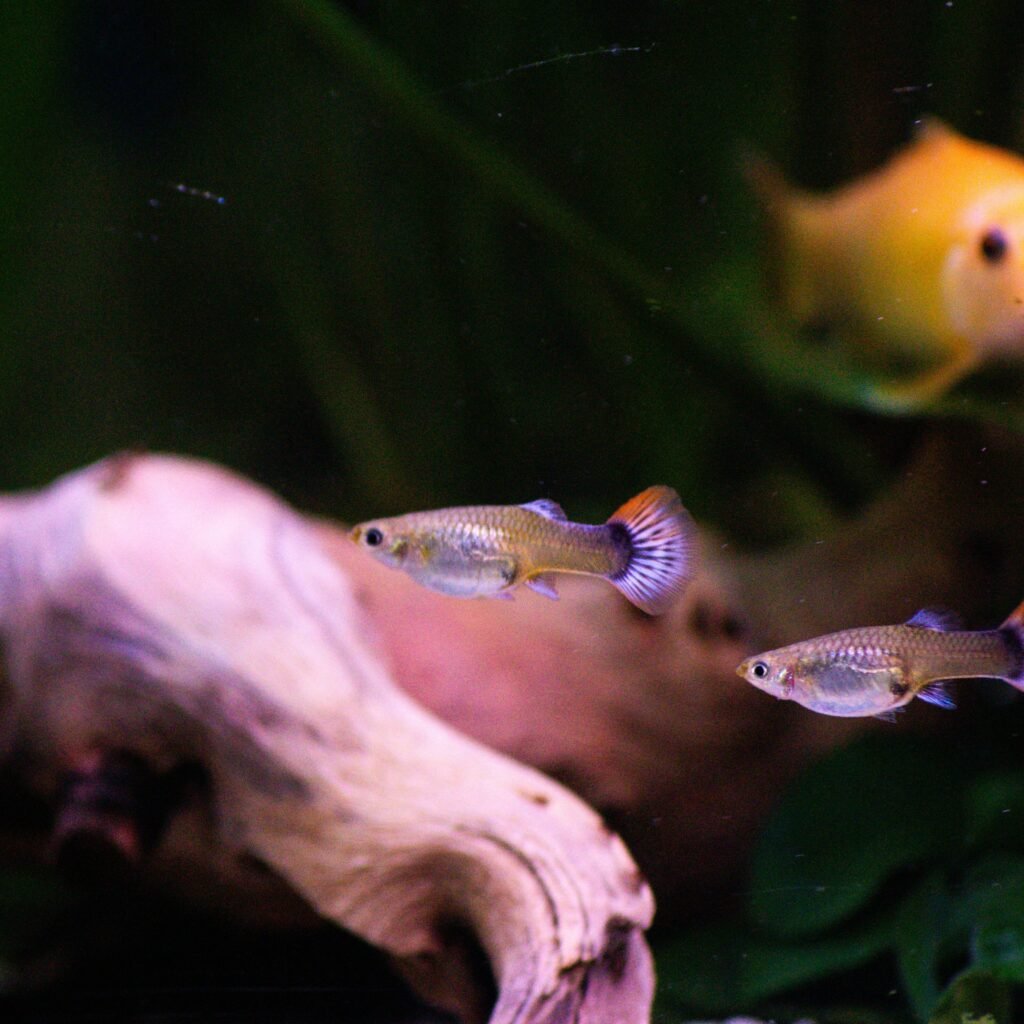
Step-by-Step Guide to Breeding Guppies
Introduction to Guppy Breeding
Breeding guppies can be a rewarding and exciting experience for both novice and experienced aquarists. These colorful fish are not only visually appealing but also relatively easy to breed. Understanding the basics of guppy breeding, including tank setup, water conditions, and fry care, is essential for success. This guide will provide you with a step-by-step approach to breeding guppies effectively.
Choosing the Right Tank Size
The first step in breeding guppies is selecting an appropriate tank size. A tank of 10 to 20 gallons is ideal for breeding guppies. This size allows for adequate space for the fish to thrive while also accommodating the rapid breeding rate of guppies. If you’re planning to keep guppies in a community tank, ensure the tank is large enough to support both the guppies and other fish species.
-
- Importance of Tank Size
Guppies are prolific breeders, which means they can quickly overwhelm a smaller tank. A larger tank not only provides more space for the fish but also helps maintain water quality, reducing the frequency of water changes. Additionally, a larger tank minimizes territorial disputes among the fish, contributing to a healthier environment.
Setting Up the Ideal Aquarium Environment
Creating a suitable environment for your guppies is crucial. This includes choosing the right substrate, filtration system, and plants to promote a healthy breeding atmosphere.
Substrate Choices
The choice of substrate can vary based on personal preference. Some breeders opt for a bare-bottom tank to simplify cleaning, while others prefer sand or gravel substrates. Each has its advantages:
-
- Bare Bottom: Easier to clean and maintain, ideal for serious breeders.
-
- Sand: Provides a natural look and is beneficial for certain plants.
-
- Gravel: Allows for beneficial bacteria growth, which can help maintain water quality.
Filtration System
A sponge filter is the best choice for breeding guppies. This type of filter provides gentle water flow, reducing the risk of fry being sucked into the filter. It also allows for easy adjustment of the flow rate, which is essential for the delicate nature of newly born fry.
Adding Plants
Plants play a vital role in the breeding process. They provide hiding spots for fry, which is crucial since adult guppies may eat their young. Some recommended plants include:
-
- Guppy Grass: A fast-growing plant that offers plenty of cover.
-
- Water Sprite: Provides excellent cover and is easy to grow.

Optimal Water Conditions for Guppies
Maintaining the right water conditions is essential for breeding guppies. The ideal temperature range is between 75°F and 82°F. A stable temperature helps promote breeding and ensures the health of both adults and fry.
Temperature Effects on Gender Ratios
Interestingly, some breeders have reported that temperature can influence the ratio of male to female fry. Keeping the tank at around 78°F may yield a slightly higher number of females, which can be advantageous if you plan to sell guppies in trios.
Understanding Your Breeding Goals
Before starting your breeding project, it’s essential to clarify your goals. Are you looking to create new strains, maintain existing strains, or simply enjoy guppies in a community tank? Understanding your objectives will guide your decisions throughout the breeding process.
Finding Homes for Fry
Guppies breed rapidly, leading to potential overpopulation in your tank. Therefore, it’s crucial to have a plan for finding homes for the fry. Consider options such as:
-
- Local fish stores
-
- Online sales through social media or aquarium forums
-
- Gifting to friends or fellow aquarists
Breeding Techniques for Guppies
Once your tank is set up and your goals are clear, you can begin the breeding process. Here are some techniques and tips for successful guppy breeding.
Introducing Breeding Pairs
To ensure successful breeding, introduce a healthy male and female guppy into the breeding tank. It’s often recommended to have two females for every male, as this can reduce stress on the males and increase the chances of breeding success.
Monitoring for Pregnancy
Female guppies will develop a visible gravid spot on their abdomen as they become pregnant. This dark spot indicates that fry are developing inside. Once you notice this, it’s essential to prepare for the arrival of the fry.

Caring for Newborn Fry
After the fry are born, they will require special care to ensure their survival. Here are important steps to follow::
Creating a Safe Environment
Immediately after birth, it’s essential to provide a safe environment for the fry. This can involve:
-
- Providing plenty of plants for cover
-
- Using a breeding box to separate them from adult fish
-
- Maintaining stable water conditions
Feeding the Fry
Newborn fry are tiny and require specialized food. Start by feeding them:
-
- Crushed flakes
-
- Infusoria or powdered food
-
- Newly hatched brine shrimp
Feeding should occur multiple times a day to ensure they grow strong and healthy.
Conclusion
Breeding guppies can be a fulfilling hobby that offers both challenges and rewards. By creating the right environment, understanding your breeding goals, and providing excellent care for your fry, you can enjoy the vibrant world of guppy breeding. Remember to stay informed, be patient, and, most importantly, have fun with your guppy breeding journey!

very good news, thank you
Thanks